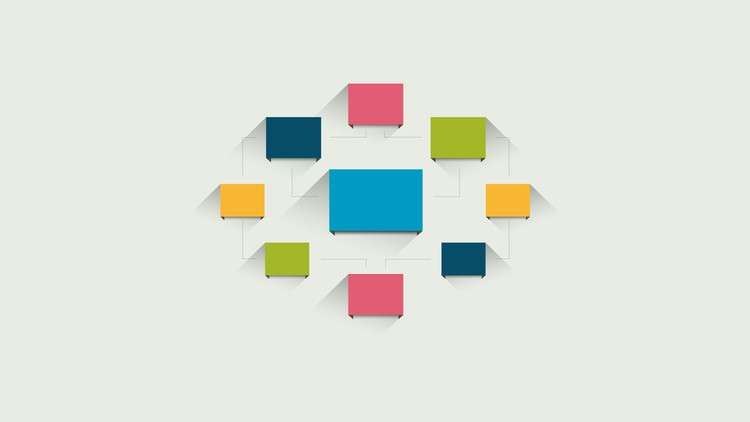
Learn the basics of Flowchart
What you will learn
Students will learn about all the basic notations of fowcharts
Students will be able to construct flowcharts corresponding to any problem
Why take this course?
### 🚀 Course Overview:
This comprehensive course is designed to introduce you to the fundamental concepts and practical applications of flowcharts. You’ll learn the universal language of visual problem-solving, which is essential for designing algorithms, debugging code, and structuring processes in a clear and efficient manner.
### 📚 What You’ll Learn:
– **The Basics:** Understand what a flowchart is and its importance in various fields.
– **Symbols & Notations:** Get familiar with the standard set of symbols used in flowcharts and how to apply them correctly.
– **Problem Solving:** Use flowcharts to solve real-life problems and understand complex processes step by step.
– **Programming Perspective:** Learn how flowcharts can be translated into code, making it easier to design and implement algorithms.
### 🔍 Dive Into Flowcharting:
– **Essential Elements:** Discover the key components that make up a flowchart – from ovals and rectangles to diamonds and arrows.
– **Step-by-Step Guide:** Follow along with example problems that demonstrate how to apply each notation in real scenarios.
– **Practice Makes Perfect:** Engage with exercises and challenges that reinforce your learning and help you build a portfolio of flowcharts.
### 🎓 Course Breakdown:
1. **Introduction to Flowcharts**
– What is a flowchart?
– The significance of using flowcharts in various fields.
2. **Flowchart Symbols**
– Detailed explanation of each symbol and its usage.
– Common pitfalls and best practices for clarity and effectiveness.
3. **Drawing Your First Flowchart**
– Step-by-step guide to creating a basic flowchart from scratch.
– Tips for maintaining the flowchart’s integrity and readability.
4. **Real-World Applications**
– How flowcharts are used in different industries, including software development.
– Case studies of problem-solving through effective flowcharting.
5. **Advanced Flowchart Techniques**
– Integrating conditional logic and loops into your flowcharts.
– Advanced symbols and their uses in more complex scenarios.
6. **Bringing It All Together**
– Final project: Design a comprehensive flowchart for a complex real-life problem or a computer science issue.
– Showcase your flowchart to peers and receive constructive feedback.
By the end of this course, you’ll not only understand how to draw flowcharts but also be able to apply this knowledge to enhance your analytical and design thinking skills. Whether you’re looking to improve your coding capabilities or simply wanting to learn a new way to visualize processes, this course is your first step towards becoming proficient in the art of flowcharting.
📅 **Enroll Now** and begin your journey into the world of structured problem-solving with Next Edge Coding’s “Flowchart Tutorial for Beginners”! 🚀